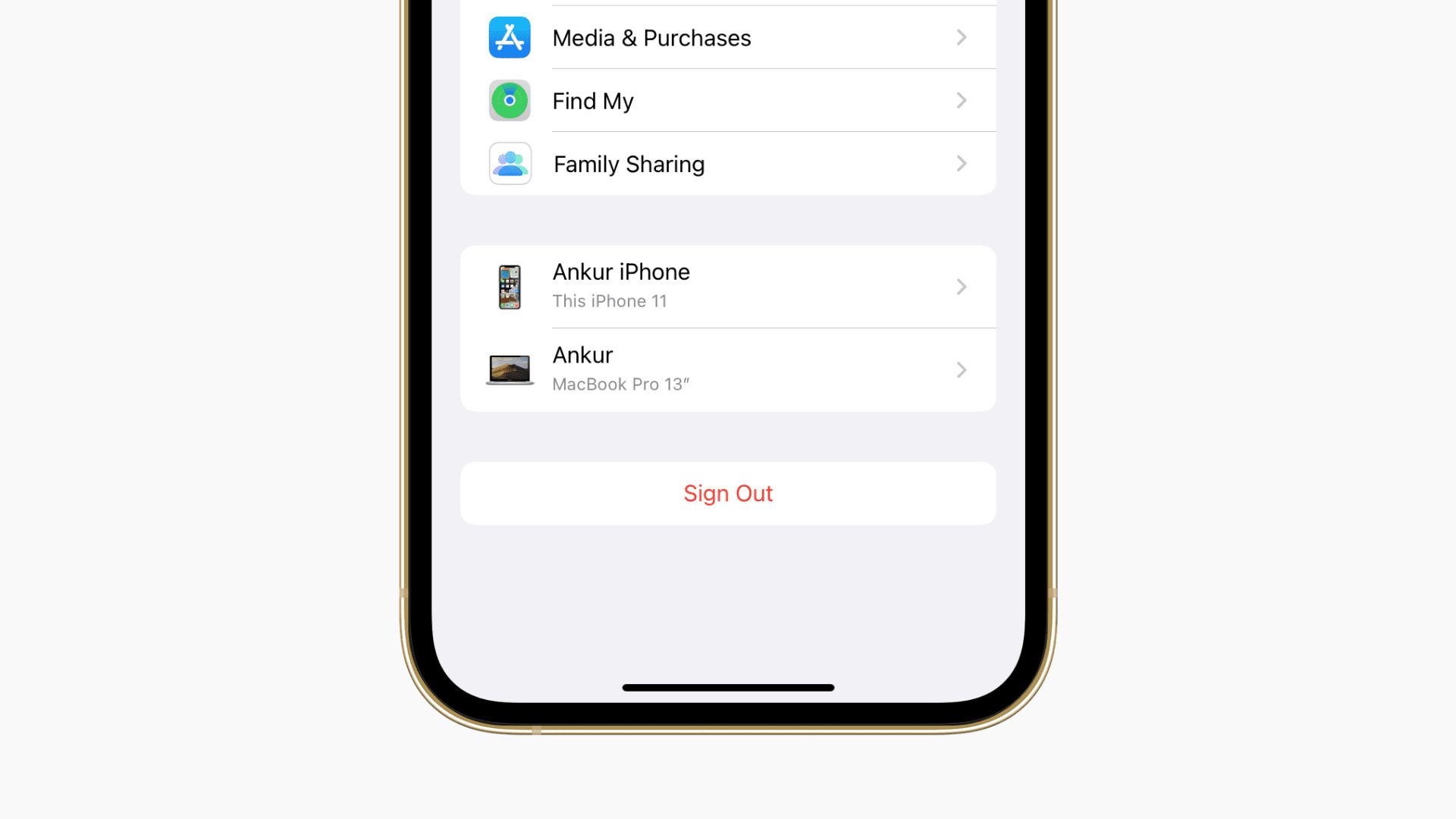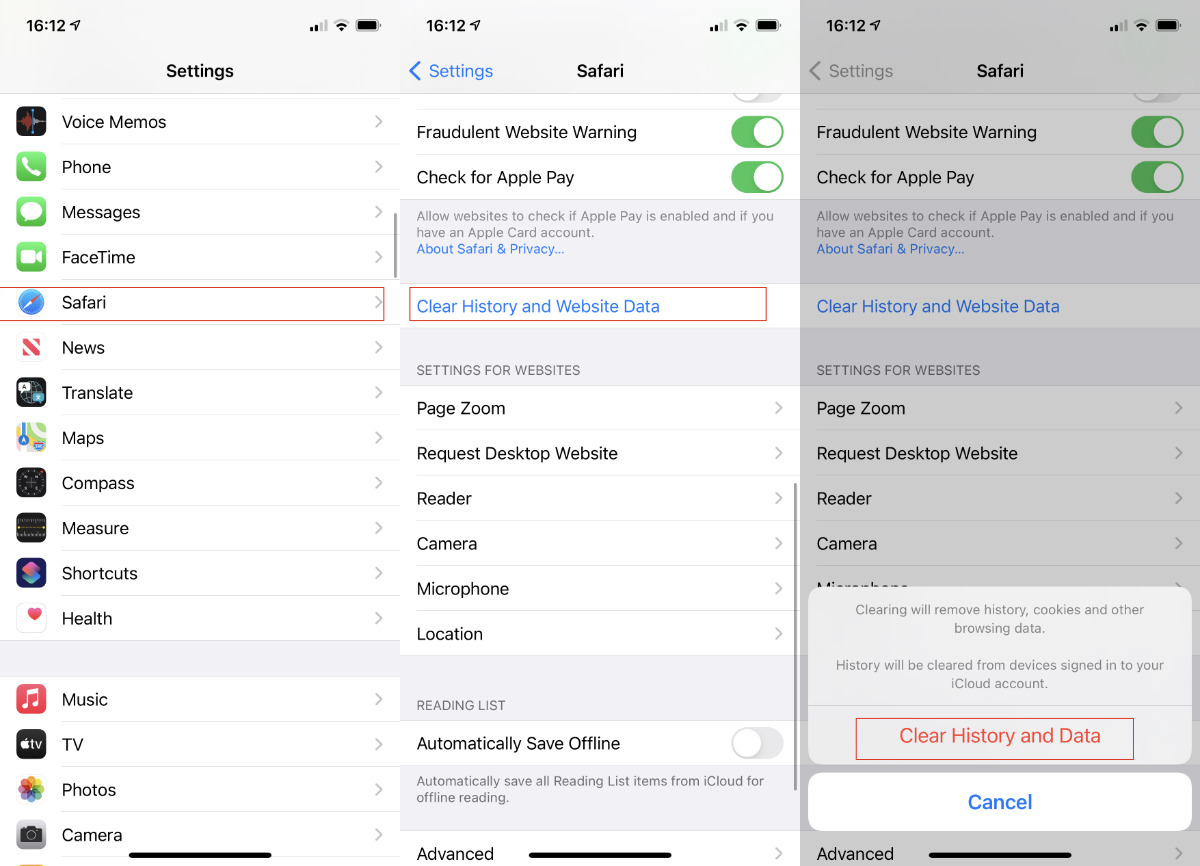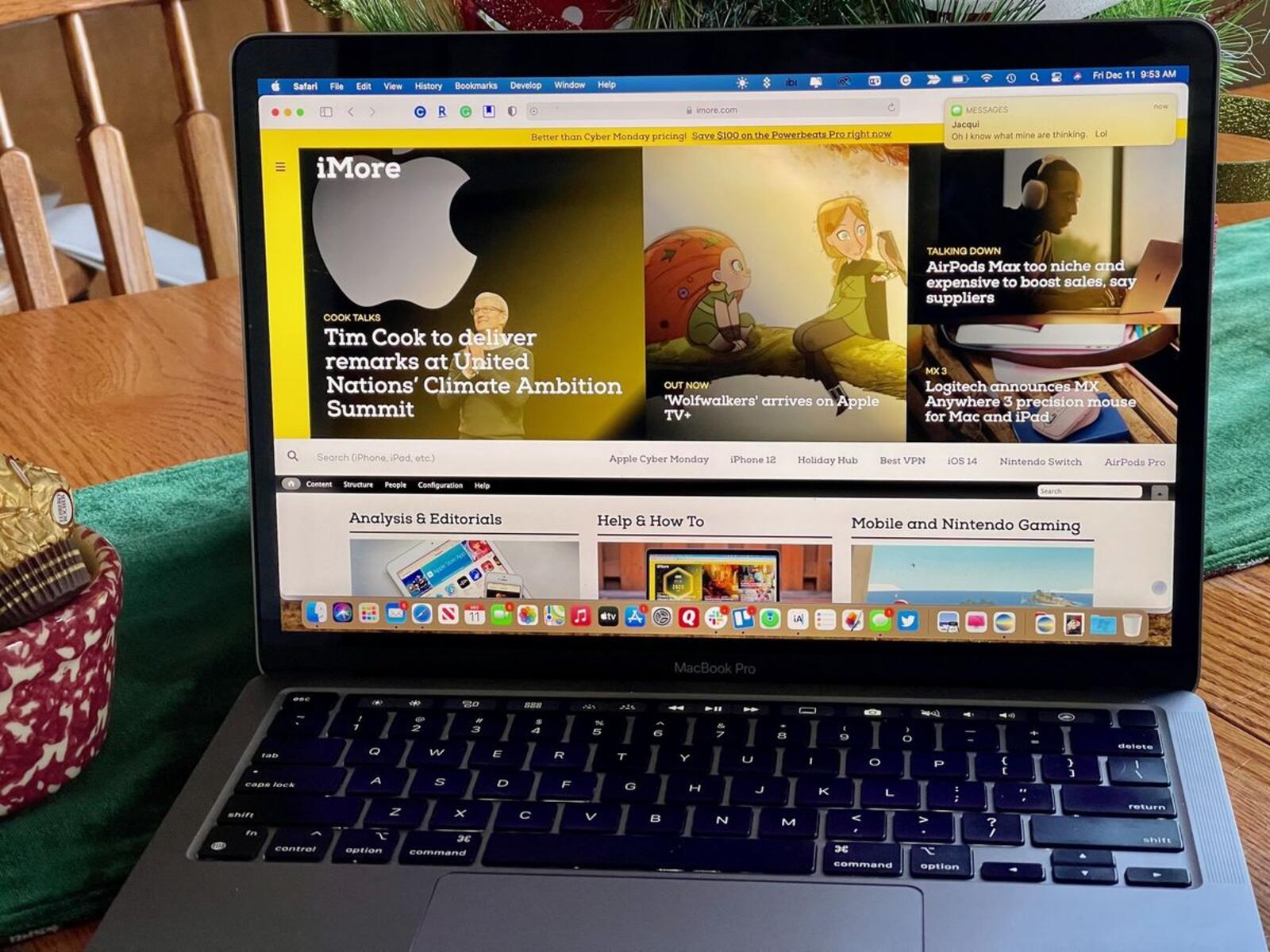Introduction
Safari, Apple's widely used web browser, is known for its user-friendly interface and seamless integration with the Apple ecosystem. However, with the introduction of the "Shared With You" feature in Safari, some users may find themselves inundated with shared content from Messages, Photos, and other apps. While this feature aims to enhance collaboration and content sharing among Apple device users, it may not align with everyone's preferences.
For those who prefer a more streamlined browsing experience, the constant influx of shared content in Safari can be distracting and overwhelming. Fortunately, there are ways to customize Safari's settings to remove the "Shared With You" section, allowing users to focus solely on their browsing activities without the interference of shared content.
In this article, we will delve into the intricacies of the "Shared With You" feature in Safari, providing a comprehensive understanding of its functionality and impact on the browsing experience. Furthermore, we will explore step-by-step instructions on how to effectively remove the "Shared With You" section in Safari, empowering users to tailor their browsing environment to suit their individual preferences.
By following the outlined steps, users can regain control over their Safari browsing experience, ensuring that their focus remains solely on the web content they choose to engage with. Let's embark on this journey to customize Safari and reclaim a distraction-free browsing experience.
Understanding "Shared With You" in Safari
The "Shared With You" feature in Safari represents Apple's endeavor to seamlessly integrate content sharing across its ecosystem. This functionality is designed to enhance collaboration and facilitate the sharing of various media types, including articles, photos, and links, directly within the Safari browser. When users receive content through Messages, Photos, News, or other compatible apps, the "Shared With You" section in Safari serves as a centralized hub for accessing and revisiting these shared items.
Upon opening Safari, users may notice the "Shared With You" section prominently displayed, showcasing content that has been shared with them across different Apple devices. This section serves as a convenient repository, allowing users to access shared content without the need to navigate through multiple apps or messages. By aggregating shared items in one location, Safari aims to streamline the browsing experience and provide quick access to content that has been shared by friends, family, or colleagues.
The "Shared With You" feature is deeply rooted in Apple's commitment to fostering seamless connectivity and content sharing among its users. By integrating this functionality into Safari, Apple seeks to bridge the gap between personal communication and web browsing, offering a cohesive experience that transcends traditional boundaries. This approach aligns with Apple's overarching philosophy of creating an interconnected ecosystem where users can effortlessly access and engage with shared content across various platforms and devices.
While the "Shared With You" feature embodies Apple's vision of interconnectedness and collaborative sharing, some users may find themselves desiring a more focused and personalized browsing experience. The constant presence of shared content within Safari's interface may detract from the primary objective of web browsing, leading users to seek methods to tailor their browsing environment to better suit their individual preferences.
In the subsequent section, we will delve into actionable steps to remove the "Shared With You" section in Safari, empowering users to customize their browsing experience and regain control over their digital interactions. By understanding the underlying functionality and significance of the "Shared With You" feature, users can make informed decisions regarding its presence within their Safari browser.
Steps to Remove "Shared With You" in Safari
-
Open Safari Preferences: Begin by launching the Safari browser on your Mac. Navigate to the top-left corner of the screen and click on "Safari" in the menu bar. From the dropdown menu, select "Preferences" to access the settings panel.
-
Navigate to the Tabs Section: Within the Preferences window, click on the "Tabs" icon located at the top of the window. This will direct you to the Tabs settings, where you can customize the behavior of tabs and the Safari interface.
-
Uncheck "Show Shared with You": Under the Tabs settings, locate the option labeled "Show Shared with You." This checkbox controls the visibility of the "Shared With You" section within Safari. To remove this section from the browser interface, simply uncheck the box next to "Show Shared with You."
-
Close Preferences: After unchecking the "Show Shared with You" option, click the red "Close" button at the top-left corner of the Preferences window to save your changes and exit the settings panel.
-
Verify the Changes: To ensure that the "Shared With You" section has been successfully removed from Safari, navigate to the browser interface and confirm that the shared content section is no longer visible. You should now have a streamlined browsing experience without the distraction of shared content.
By following these straightforward steps, users can effectively remove the "Shared With You" section from Safari, allowing for a more personalized and focused browsing experience. This customization empowers users to tailor their Safari interface to align with their individual preferences, ensuring that their browsing activities remain uninterrupted by shared content from Messages, Photos, and other integrated apps.
Whether seeking a more streamlined browsing environment or aiming to minimize distractions, the ability to remove the "Shared With You" section in Safari provides users with greater control over their digital interactions. This simple yet impactful customization exemplifies Safari's commitment to empowering users to personalize their browsing experience according to their unique preferences and priorities.
Conclusion
In conclusion, the ability to remove the "Shared With You" section in Safari represents a pivotal customization that empowers users to curate their browsing environment according to their preferences. By understanding the underlying functionality of the "Shared With You" feature and following the outlined steps to remove it from Safari, users can reclaim a distraction-free browsing experience tailored to their individual needs.
The presence of the "Shared With You" section within Safari reflects Apple's commitment to seamless content sharing and interconnectedness across its ecosystem. While this feature serves as a centralized hub for accessing shared content from Messages, Photos, and other compatible apps, some users may find it detracts from their primary browsing activities. The ability to remove this section provides users with the autonomy to prioritize their browsing experience, ensuring that their focus remains solely on the web content they choose to engage with.
By unchecking the "Show Shared with You" option within Safari's preferences, users can effectively eliminate the "Shared With You" section from the browser interface, resulting in a streamlined and personalized browsing environment. This customization aligns with Apple's ethos of empowering users to tailor their digital interactions to suit their unique preferences and priorities.
The removal of the "Shared With You" section in Safari exemplifies the platform's commitment to user-centric customization, allowing individuals to shape their browsing experience according to their specific needs. Whether seeking a more focused browsing environment, minimizing distractions, or simply desiring greater control over shared content visibility, this customization offers users the flexibility to mold Safari to align with their preferences.
Ultimately, the ability to remove the "Shared With You" section in Safari underscores the platform's dedication to providing a tailored and user-centric browsing experience. By offering users the means to customize their interface and prioritize their browsing activities, Safari reinforces its position as a browser that adapts to the diverse needs and preferences of its users, further enhancing the overall browsing experience within the Apple ecosystem.

























